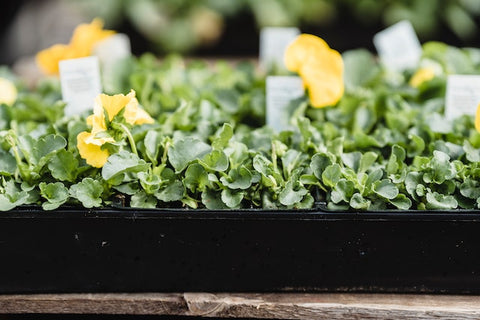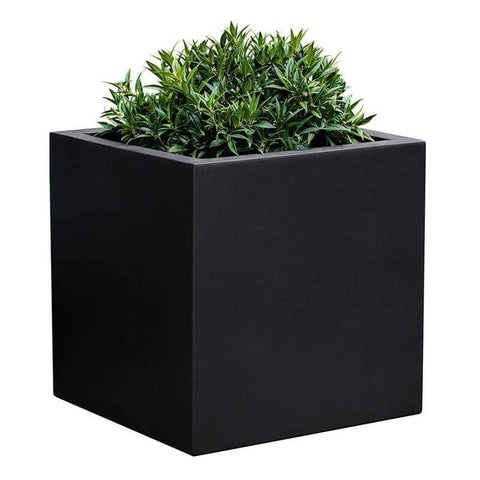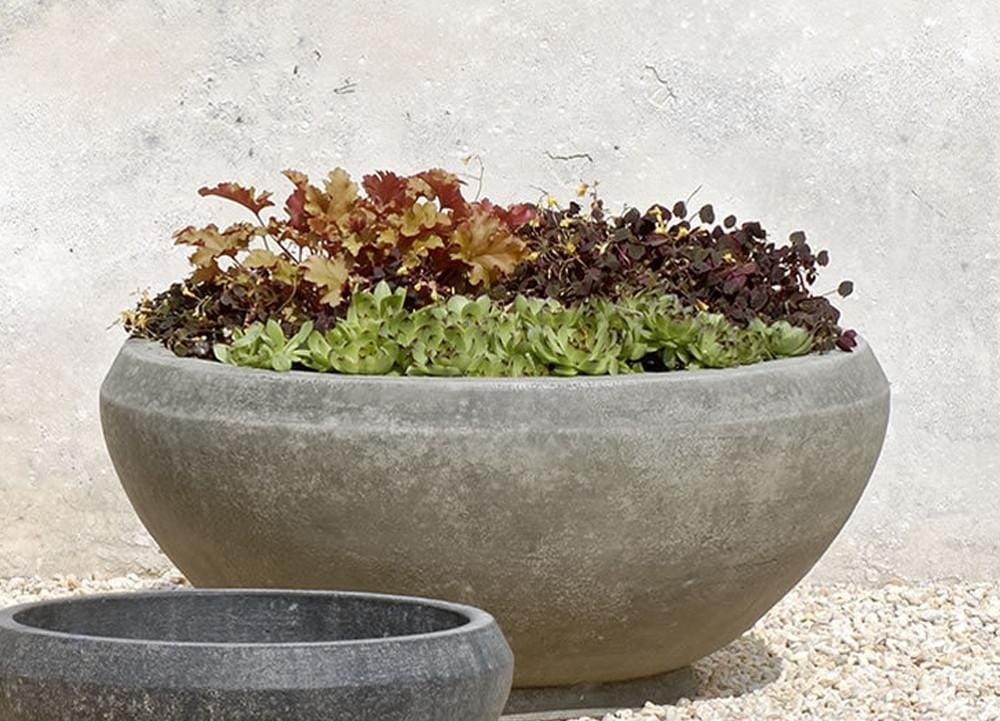Fall is the perfect time to start a container garden, especially for those who live in areas with limited outdoor space. Growing vegetables in containers is a great way to enjoy fresh produce, even if you don't have a backyard or a large garden. However, not all vegetables are suitable for container gardening, especially during the fall season when the weather can be unpredictable.
When it comes to fall vegetables, there are certain types that thrive in container gardens. These vegetables can withstand cooler temperatures and shorter daylight hours, making them perfect for autumn gardening. In this article, we will explore which fall vegetables are best for container gardening, and provide tips on how to grow them successfully. Whether you're a seasoned gardener or a beginner, this guide will help you create a bountiful fall harvest in your own backyard or balcony.
Why Fall Vegetables for Container Gardening?
Fall vegetables are an excellent choice for container gardening due to their adaptability to cooler temperatures and shorter daylight hours. They are also a great way to extend the growing season and provide fresh produce well into the fall and even winter months.
One of the main benefits of growing fall vegetables in containers is that they are easy to maintain and can be moved around to take advantage of the best growing conditions. This is especially important as the weather starts to change and temperatures fluctuate.
Another advantage of container gardening is that it allows you to control the soil quality and drainage, which is essential for the health of your plants. You can also choose the size and shape of your containers to suit the needs of your plants and your available space.
Overall, fall vegetables are an excellent choice for container gardening, offering a wide variety of options and benefits for the home gardener. With a little planning and care, you can enjoy a bountiful harvest of fresh, healthy vegetables throughout the fall and winter months.

Choosing the Right Containers
When it comes to container gardening, choosing the right containers is crucial for the success of your fall vegetable garden. Here are some considerations to keep in mind when selecting containers for your fall vegetables.
Size and Depth
The size and depth of the container are important factors to consider when choosing a container for your fall vegetables. Generally, the larger the container, the better. This is because larger containers provide more space for the roots to grow, which means healthier and more productive plants. As a rule of thumb, choose a container that is at least 12 inches in diameter and 12 inches deep.
Material
The material of the container is also an important consideration. There are a variety of materials to choose from, including plastic, clay, metal, and wood. Plastic containers are lightweight and easy to move, but they may not be as durable as other materials. Clay containers are porous and can dry out quickly, but they are also attractive and can provide good drainage. Metal containers can get hot in the sun, which can damage the roots of the plants, but they are also durable and can add a decorative touch to your garden. Wood containers are attractive and can provide good drainage, but they may not be as durable as other materials.
Drainage
Good drainage is essential for the success of your fall vegetable garden. When choosing a container, make sure it has drainage holes in the bottom to allow excess water to drain away from the roots of the plants. If the container does not have drainage holes, you can drill some yourself. Additionally, consider placing a layer of gravel or stones in the bottom of the container to help improve drainage.
By considering the size and depth, material, and drainage of your containers, you can ensure that your fall vegetable garden gets off to a good start.

Best Fall Vegetables for Container Gardening
Container gardening is a great way to grow vegetables in small spaces. With the right vegetables, you can have a bountiful harvest even in the fall. Here are some of the best fall vegetables for container gardening.
Leafy Greens
Leafy greens are an excellent choice for fall container gardening. They grow quickly and can be harvested multiple times throughout the season. Some of the best leafy greens for container gardening include:
- Spinach
- Lettuce
- Arugula
- Kale
- Swiss chard
These vegetables prefer cooler temperatures and can be grown in containers with a depth of at least 6 inches.
Root Vegetables
Root vegetables are another great option for fall container gardening. They grow well in containers and can be harvested once the cooler temperatures arrive. Some of the best root vegetables for container gardening include:
- Carrots
- Radishes
- Beets
- Turnips
These vegetables require a deeper container, at least 12 inches, to accommodate their root systems.
Cruciferous Vegetables
Cruciferous vegetables are a family of vegetables that includes broccoli, cauliflower, and Brussels sprouts. These vegetables are great for fall container gardening because they prefer cooler temperatures. They also require a deeper container, at least 12 inches, to accommodate their root systems.
In conclusion, container gardening is an excellent way to grow vegetables in small spaces, even in the fall. With the right vegetables and containers, you can have a bountiful harvest.

Conclusion
In conclusion, container gardening is an excellent way to grow fall vegetables even if you don't have a lot of space or a traditional garden. With the right container and soil, you can grow a variety of vegetables that are perfect for fall.
Some of the best fall vegetables for container gardening include lettuce, kale, spinach, radishes, and carrots. These vegetables are easy to grow and can thrive in a container garden.
When planning your container garden, it's important to choose the right container and soil. Make sure the container has proper drainage and is large enough for the plants you want to grow. Use high-quality soil that is rich in nutrients and can hold moisture.
Remember to water your container garden regularly and fertilize as needed. Keep an eye out for pests and diseases and address them promptly. With a little care and attention, you can enjoy a bountiful harvest of fall vegetables from your container garden.

